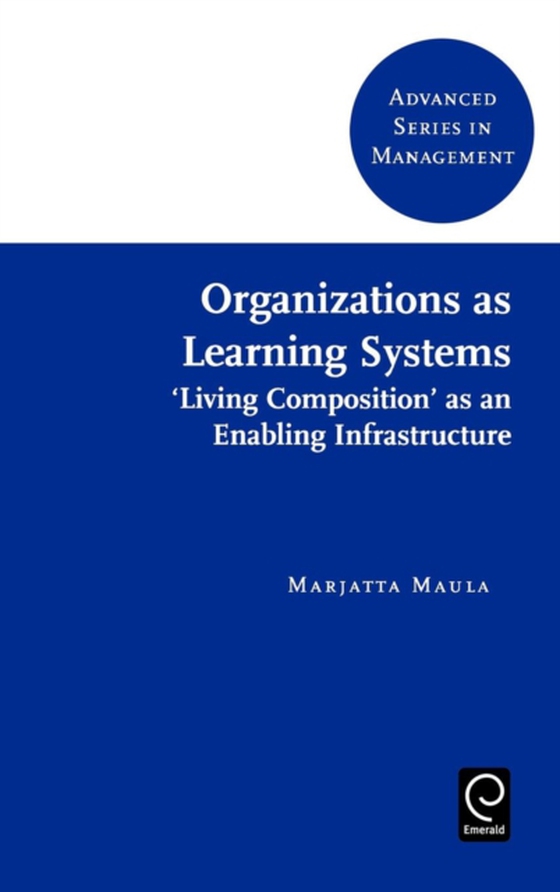
Organizations as Learning Systems e-bog
802,25 DKK
(inkl. moms 1002,81 DKK)
The main contribution of this book is the living composition, the model of living organizations. It is a new and original interpretation of the theory of living, self-producing systems (autopoiesis theory). Living composition is defined here as strategic components and their relationships. A living organization is thereby a self-producing system that is composed of ten different non-physical st...
E-bog
802,25 DKK
Forlag
Elsevier Science Ltd
Udgivet
27 marts 2006
Genrer
Business and Management
Sprog
English
Format
pdf
Beskyttelse
LCP
ISBN
9780080455976
The main contribution of this book is the living composition, the model of living organizations. It is a new and original interpretation of the theory of living, self-producing systems (autopoiesis theory). Living composition is defined here as strategic components and their relationships. A living organization is thereby a self-producing system that is composed of ten different non-physical strategic components that are continually produced by the organization itself. The components and their relationships are defined so that they enable and facilitate interconnected openness and closure, i.e. the 'sensing' (interactive openness) and 'memory' (self-referentiality) of an organization. These characteristics and related knowledge flows enable the capability to learn and co-evolve with the broader business ecosystem. This book also presents consistency/intentionality platforms and evolution models that help to evaluate the learning and renewal capability of an organization and to improve its enabling infrastructure. The living composition model has multiple implications for managers, consultants, and academics. It helps to identify the characteristics and development potential of the enabling structures of an organization, and to evaluate various development methods and activities in a larger framework. The sources of organizational learning and renewal are diverse and difficult to understand. This book shows how organizational learning and renewal can be explained by the theory of self-producing systems.
 Dansk
Dansk

